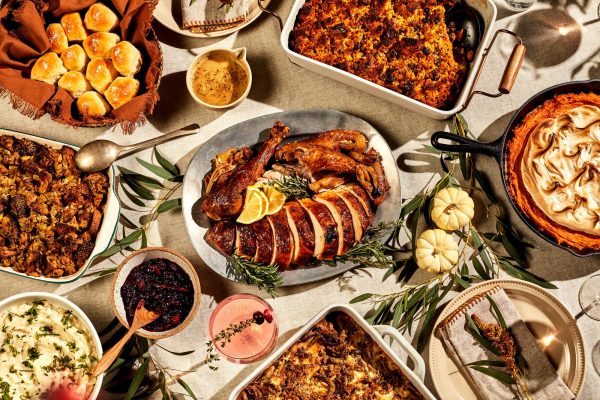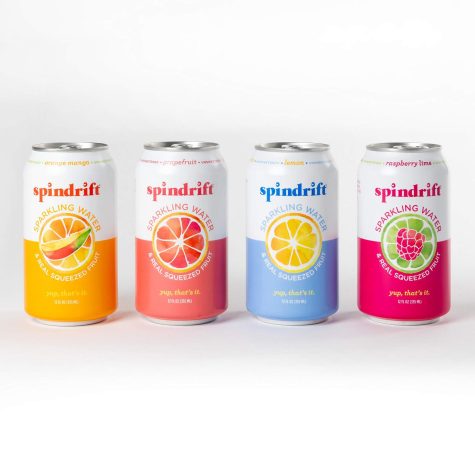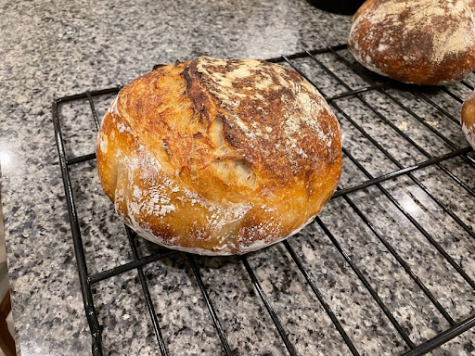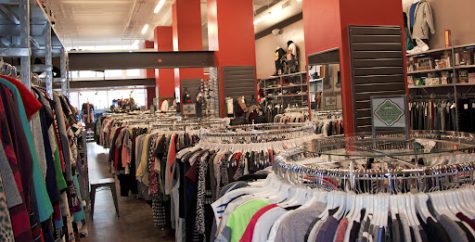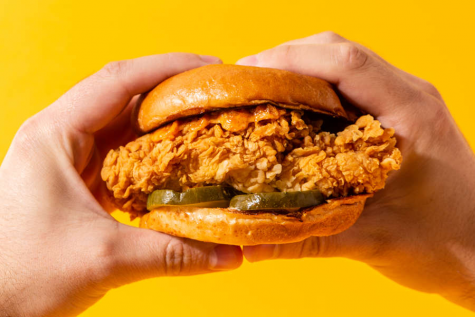Quarantine Cooking: Varenikis
My Great-grandmother was born in Romania. Her childhood was marked by a lack of clothing to keep her warm during the brutally cold winters, not enough food to eat and the most heartbreaking of all, the loss of her mother as a young child. “And yet, with all of the misery, there was a lot of joy”, my Saba (grandfather in Hebrew) recalls her saying.
She later immigrated to Israel, searching for a better life. There, she married my Great-grandfather and gave birth to my Saba and my Great-uncle.
Although food was sometimes scarce, my Great-grandmother was a talented cook and even more talented at “making something out of nothing.” With what food her family had, she learned to cook from her neighbors, friends and sisters in Romania. She was so skilled that she never had to write a recipe down on paper, often adding a pinch of this or a dab of that based on instinct. One of her signature dishes, among my Saba’s favorites, were varenikis.
Despite the fact that pierogies are a famous Pittsburgh dish, their roots in central and eastern Europe run much deeper. In Poland, stuffed dumplings are called pierogies whereas in Russia and Romania, they are called varenikis. Where they specifically originated is debated but their vast cultural presence, one that remains prevalent to this day, is uncontested.
In the early weeks of Governor Tom Wolf’s stay at home order, my family and I were fortunate enough to be able to stay home. We played Trivial Pursuit, watched classic movies and slowed down in a way that was foreign to me. As the pandemic raged on, we began searching for additional, safe ways to pass the time that did not involve a screen and therefore, cooking some of our favorite meals together became our new pastime.
I often hear stories of my Great-grandmother’s persistence in the face of adversity and her deep love for her family. But I never got to meet her, let alone taste her varenikis while discussing her childhood in Romania or what my Saba was like as a teenager. Therefore, for my Saba, or perhaps even more so for myself, I was determined to attempt her famous varenikis.
With classic 70’s hits playing in the background, my family and I spent the laborious hours creating the filling, rolling the dough and stuffing the varenikis. The process (time consuming as it was) was quite worth it – the end result was delicious.
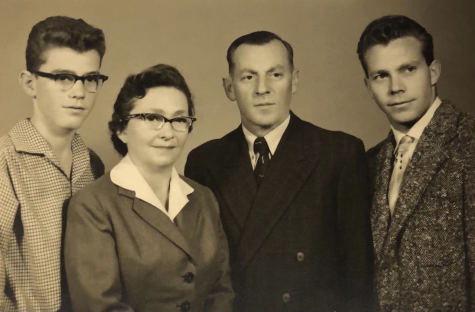
My Great-grandmother’s story is truly incredible, and even more incredible – it is not unique. Coming from nothing and overcoming everything is not her story alone. It is the immigrant story. It is the human story. And food is an integral component of that story: the necessity of it, the absence of it, and the commonality of it. Food is universal. Breaking bread with those who do not share your lived experience is a rich part of the human story. In making the foods of our past, of our ancestors, we honor their legacy. In sharing that food, we share our history. We declare “this is where I come from, this is who I am”. In eating other’s food, we can do the same.
As my Saba bit into his vareniki, his smile could be seen from ear to ear (even from the safe distance of six feet). I know that nothing beats his mother’s recipe but, I will always treasure that mine was a close second.
Gabriella Naveh is a senior at Taylor Allderdice High School in Pittsburgh, Pennsylvania. She is the Editor-in-Chief of The Foreword, the Allderdice student...











